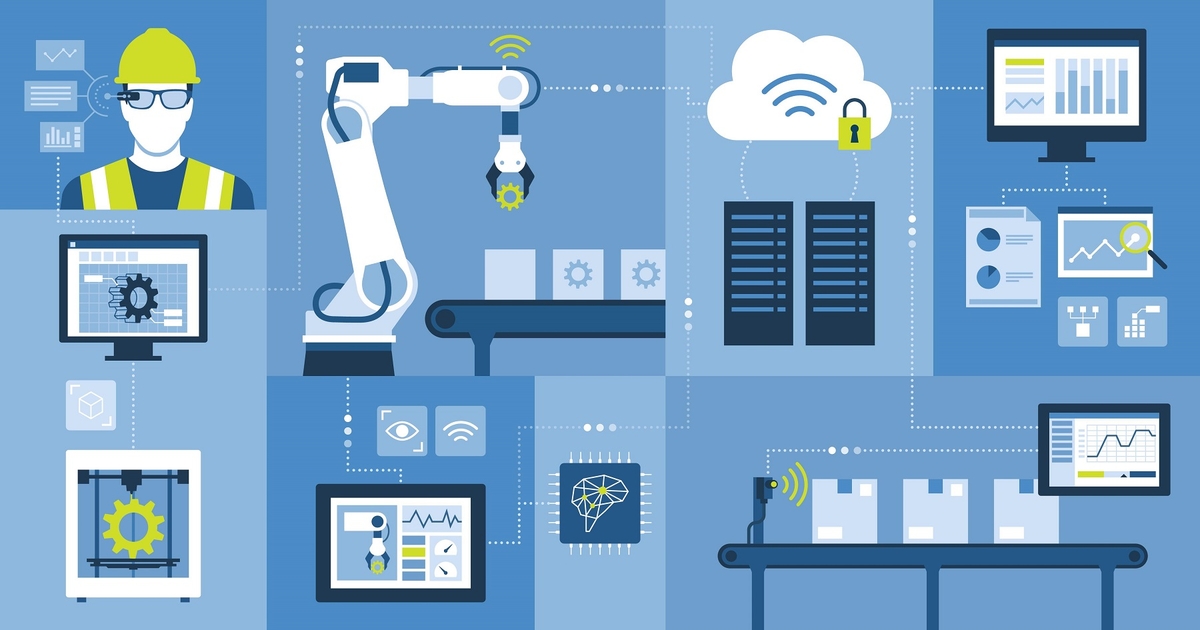The era of intelligent operations has arrived, yet many operational cybersecurity processes have been left behind. As the oldest members of Gen Z enter the workforce, they bring new expectations for digital experiences into the workplace. This trend has significant implications for operational technology (OT) security, which can help drive organizations to become more secure, resilient, and efficient.
Signing into OT systems used in manufacturing, energy, and critical infrastructure industries has often been slow, cumbersome, and not particularly secure. OT systems, some with decades-old technology, utilize industrial protocols with limited security capabilities and weak remote access protocols. These legacy components have limited user access management capabilities, leading to a need for additional access management solutions. As a result, authorized users must go through additional authentication steps, often with different credentials, to gain access. In an age of facial and fingerprint recognition, it’s puzzling that these legacy systems have been maintained by more experienced employees, with no one seeing a reason to change them. However, as younger workers join the workforce, the legacy systems are out of step with their technology habits, skills, and expectations.
Improving retention rates is crucial for companies to control costs, especially in the manufacturing sector where labor shortages are prevalent. An 80% or more of manufacturers reported labor shortages in 2023, making it imperative to onboard new and contractor personnel. By modernizing OT security processes and practices, manufacturers can gain a competitive edge in recruitment and retention, particularly with younger, skilled workers.
Smart-factory transformation, using industrial Internet of Things (IoT), cloud computing, Industry 4.0, and OT-IT convergence, supports faster, more frequent user access sessions, creating new access patterns that necessitate more advanced access management solutions. Improving access control is crucial for operations and safety, as legacy security practices are no longer sufficient to protect OT systems. With OT and IT now inextricably linked, comprehensive, streamlined cybersecurity is vital for functionalities, data protection, compliance, and a better user experience.
Organizations with mature OT cybersecurity programs follow a consistent set of best practices, including assessing the organization’s complete cybersecurity profile, nurturing a culture of awareness around cybersecurity threats, and implementing a framework such as NIST or MITRE ATT&CK to defensive controls that monitor cybersecurity and identify areas for improvement. Participation in industry intelligence-sharing groups such as MFG-ISAC can also help organizations learn about new threats to the sector as they emerge.
As Gen Z expectations prompt employers to improve and update OT security, they’re also helping to move the industry toward new capabilities. With OT, IT, IoT, and other infrastructures continuing to converge and leverage emerging technologies, organizations will have new opportunities for more process automation, smart-factory and building innovation, and supply chain optimization. All these changes require modern, efficient, and user-friendly security processes that Gen Z expects.


